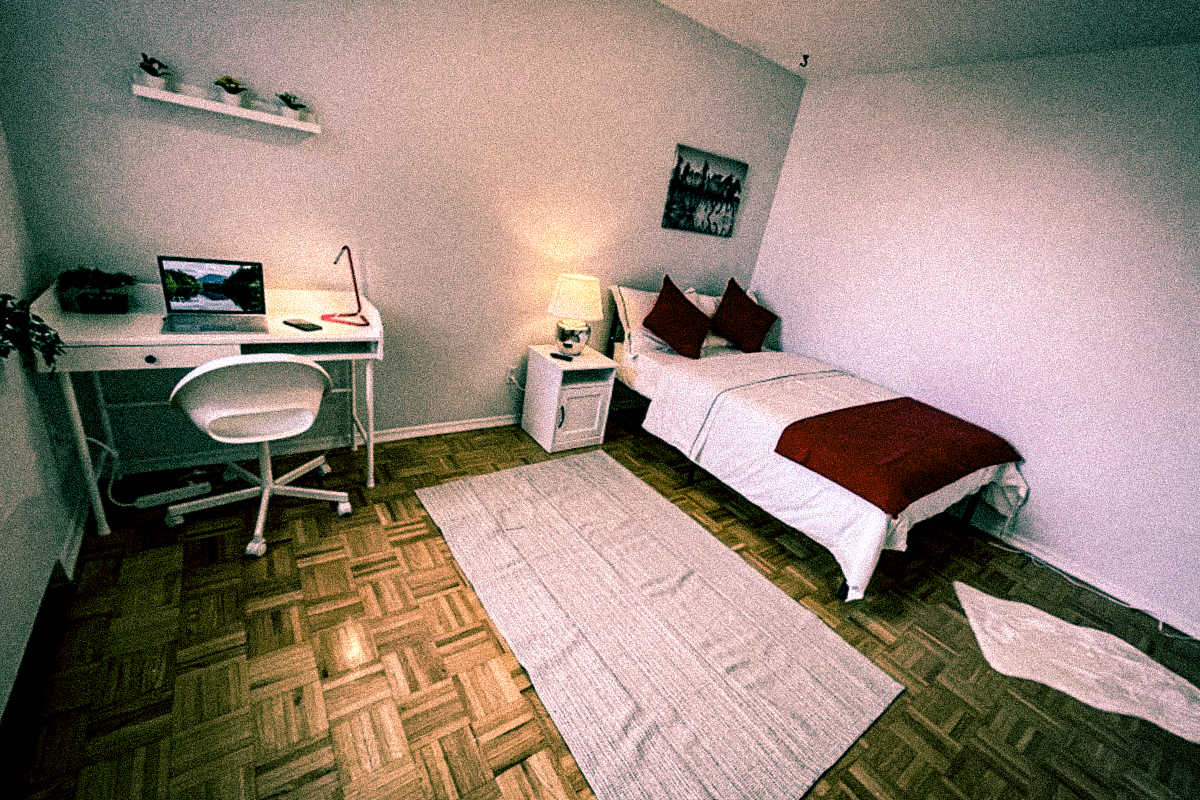
The current surge in inflation has resulted in a rapidly rising cost of living. One of the consequences of this is massive rent hikes. This is particularly affecting students, most of whom earn very little to no income, and many of whom are forced to resort to cramped and substandard living conditions. It is a sad irony that these very students are now paying more than the average renter for housing.
The average rent of a one-bedroom apartment in Toronto went from around $1,400 in 2021 to a staggering $2,600 in 2022, according to the data from the Canada Mortgage and Housing Corporation. Students are bearing the brunt of these rent hikes, as most universities are located in urban centers with higher rents, and often in very unaffordable areas.
That low-income students are expected to pay such high rents just to live near their schools is typical of the irrationality of capitalism. Students are shouldering the burden of these rents, along with the expenses of tuition and materials. One would think that one’s time as a student ought to be spent learning and getting the most of the education that they’re paying so dearly for, rather than taking on extra employment and worrying about how to cover expenses. Students increasingly hold part time jobs while studying. Fifty-three per cent of minimum wage workers in Canada are between the ages of 15 and 24, the majority of them being students. On top of studying for a degree or diploma, students are forced to work in order to support themselves and not end up starving or homeless.
Rates of tuition are also becoming harder to bear. Canadian undergraduate student tuition rose by 1.7 per cent in fall 2021-2022, to a grand average total of $6,693 per year—and this is just an average. At the University of Toronto, an undergraduate degree can cost up to $59,000. Meanwhile, international undergraduate students had to pay an average tuition of $33,623 per year in 2021/2022, a raise of 4.9 per cent in just one year! The cost of an education is a tremendous burden that no one should be forced to bear.
As a result, it is entirely unsurprising to see that 20 per cent of the national Canadian homeless population are between the ages of 13 and 24, and this rate is on the rise! This is the foreseeable outcome of skyrocketing rent, cost-of-living, and tuition. It is becoming far too difficult to be a student in Canada, and yet there are no viable solutions offered by the ruling class to fix this absolutely deplorable situation.
What has the Ford government done in Ontario to combat rent hikes? Nothing. In fact, it has facilitated rising rents. In June 2022, Doug Ford increased the cap on allowable rent hikes to 2.5 per cent, up from from 1.2 per cent, justifying the move by stating that this rate is below the current rate of inflation. He claims to have raised the cap due to the “rising cost of living”, as if it is the massive property management corporations and landlords who are suffering, and not renters. The Ontario NDP rightly opposed this increase and stated that “people are squeezed more now than ever before”.
The proposed solutions are based on the assumption that there is not enough housing. For example, the federal government recently proposed to build 17,000 homes and pledged $2 billion dollars in funding for housing, although only 4500 of those homes are considered “affordable” housing. The Ontario NDP’s housing plan is also based around the need to build “affordable housing”. The problem with this is that the definition of “affordable housing” is based on the lower of either the average market rent, which is already far too high, or on a percentage of an average “target income”, which is still unrealistic for those who make less than the target—like students. More importantly, there is no shortage of housing. The problem is that homes are being bought by capitalists as investment properties, and are sitting empty. In 2019 there were more than 66,000 empty homes in Toronto, a number that has surely gone up since then. Incentivizing developers to build “affordable housing” when there is so much housing already available is nothing more than a handout to capitalists.
So what will solve this student housing crisis? It’s simple: we need to get rid of tuition, implement free education, and socialize housing.
Housing is a universal need, it should not be treated as a source of profits for the ruling class! We need to expropriate empty units used for investment, and run them for social need, not for the enrichment of landlords. Access to education is also a universal need. Students must be able to learn without the threat of starvation or homelessness. Genuinely free education means not just free tuition, but also student housing, and cost-of-living allowances. Only a socialist planned economy can make this a reality, and actually end the grinding pressure that students find themselves under. Under capitalism, post-secondary education is a time of precarity and anxiety. But under socialism, it can be the time of learning and discovery that it was meant to be.

